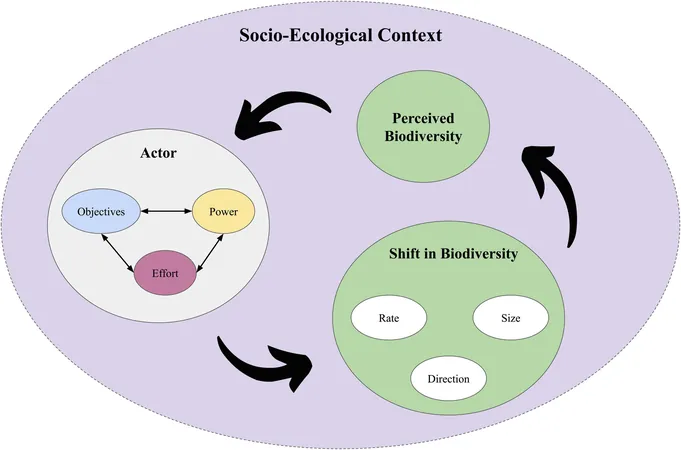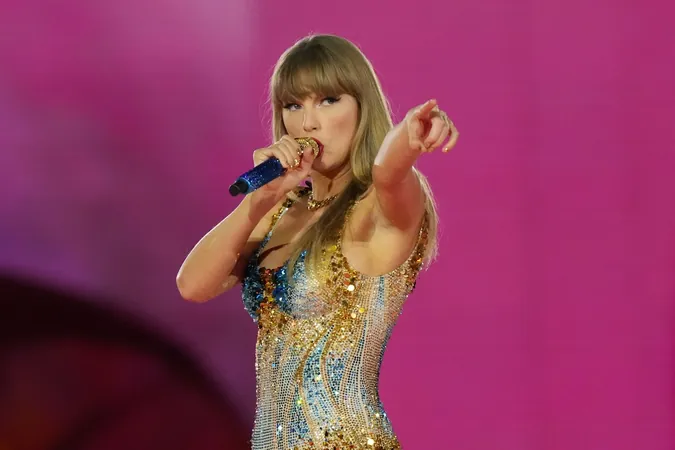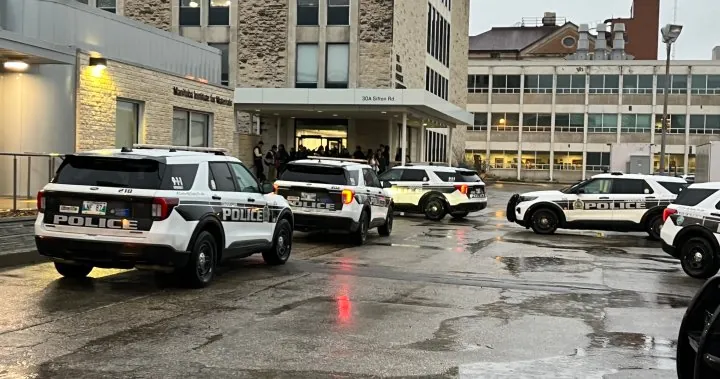
Unveiling the Truth: How Wealth Influences Biodiversity and What Communities Can Do About It
2024-11-25
Author: Olivia
Introduction
A groundbreaking study has revealed that the relationship between wealth and biodiversity is more intricate than previously understood, offering hope to communities with limited financial resources to cultivate rich ecosystems typically found in affluent regions.
Study Overview
Entitled "Biodiversity is not a luxury: Unpacking wealth and power to accommodate the complexity of urban biodiversity," this enlightening research has been published in the respected journal *Ecosystems*. The term “luxury effect” has long been associated with the phenomenon where wealthier areas boast higher biodiversity; however, the fundamental mechanisms behind this correlation have not been extensively studied.
Reframing Biodiversity
Madhusudan Katti, an associate professor of forestry and environmental resources at North Carolina State University and the study's senior author, emphasizes the importance of reframing biodiversity as a community asset rather than a mere luxury. "Biodiversity is not a luxury; it is a resource that we can actively cultivate in urban settings," asserts Katti. "It reflects not only wealth but also social choices and actions." The study seeks to unravel how biodiversity is shaped by social dynamics and systemic structures rather than solely a financial attribute.
Research Methodology
The researchers commenced their investigation by scrutinizing the land itself. By analyzing the characteristics common in biodiverse regions, they meticulously traced the processes conducive to biodiversity and the social frameworks enabling such thriving ecosystems. This approach falls under what Katti describes as a social-ecological framework, which takes into account how human decisions affect nature within various social contexts.
POSE Framework Introduction
The study introduces the POSE framework, which stands for Power, Objectives, Social/Ecological Context, and Effort. This framework eschews simplistic descriptors like "luxury" and instead delves into the myriad ways individuals, community groups, and institutions can influence biodiversity. For example, a wealthier homeowner has more control over landscaping choices than a resident of an apartment complex, yet this does not disempower those in less affluent situations from making impactful changes in their environments.
Community Empowerment
By leveraging the POSE framework, communities can discover innovative ways to enhance biodiversity, regardless of wealth constraints. Katti envisions that this approach will galvanize individuals towards healthier ecosystems within their localities. "We want everyone to realize they have the power to influence their surroundings, even if they don’t have deep pockets," Katti states passionately. "Community initiatives have historically thrived by overcoming the limitations of wealth through concerted effort. Our findings serve as a rallying cry: biodiversity can flourish, and it is within our grasp to cultivate it."
Conclusion
The publication is authored by Renata Poulton Kamakura from Duke University, with contributions from NC State Ph.D. students Jin Bai and Vallari Sheel. This research sheds light on an essential truth: wealth should not be viewed as the only pathway to biodiversity. Instead, it emphasizes collective action and community-led efforts to nurture our environment. As cities grapple with the challenges of urbanization and climate change, the findings of this study could not be more timely. Will communities heed this clarion call and take meaningful steps towards enriching their ecosystems? The power to create vibrant local biodiversity lies in the community's hands!









 Brasil (PT)
Brasil (PT)
 Canada (EN)
Canada (EN)
 Chile (ES)
Chile (ES)
 España (ES)
España (ES)
 France (FR)
France (FR)
 Hong Kong (EN)
Hong Kong (EN)
 Italia (IT)
Italia (IT)
 日本 (JA)
日本 (JA)
 Magyarország (HU)
Magyarország (HU)
 Norge (NO)
Norge (NO)
 Polska (PL)
Polska (PL)
 Schweiz (DE)
Schweiz (DE)
 Singapore (EN)
Singapore (EN)
 Sverige (SV)
Sverige (SV)
 Suomi (FI)
Suomi (FI)
 Türkiye (TR)
Türkiye (TR)